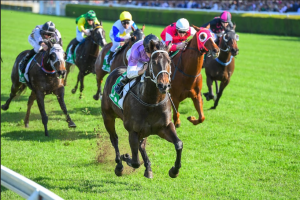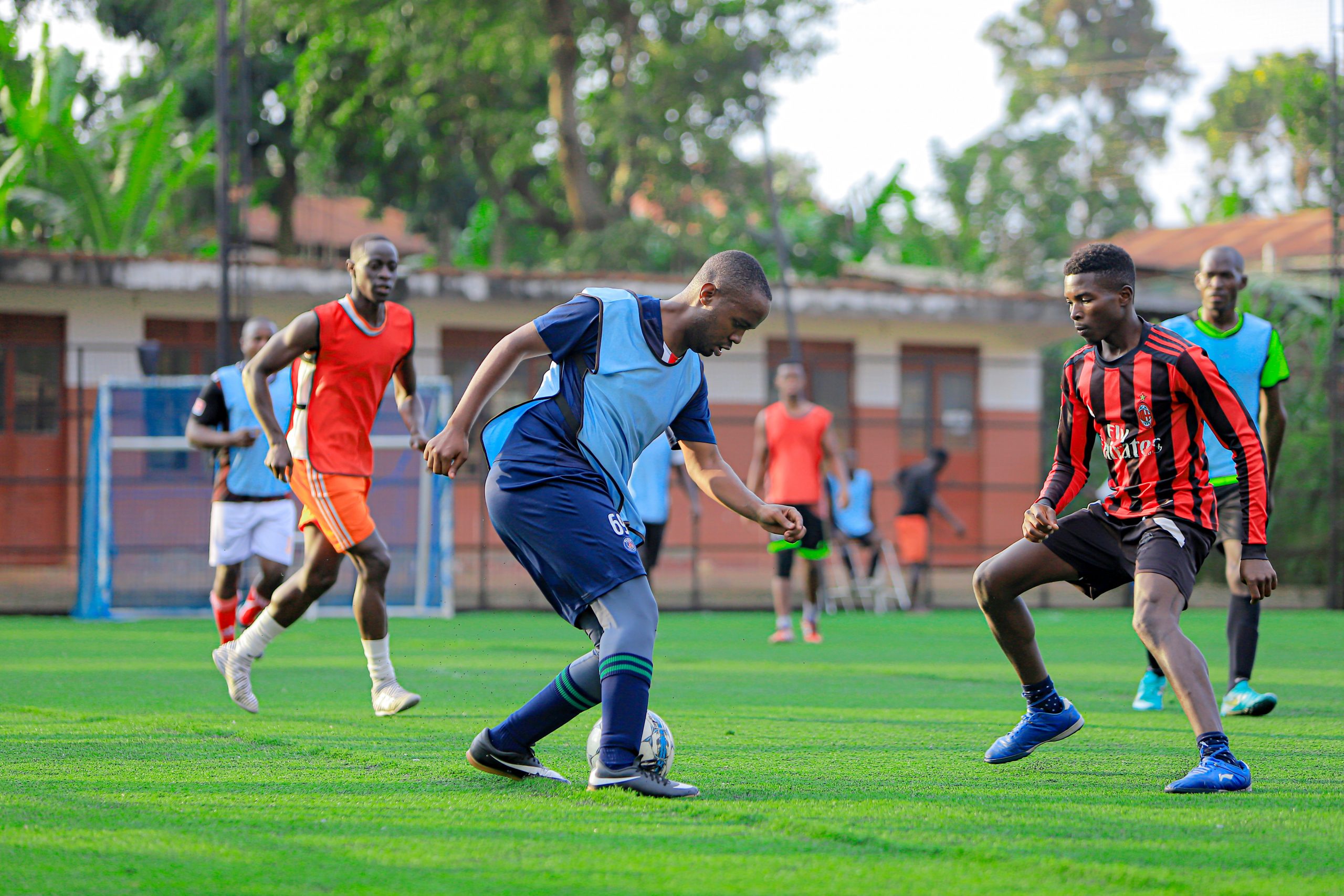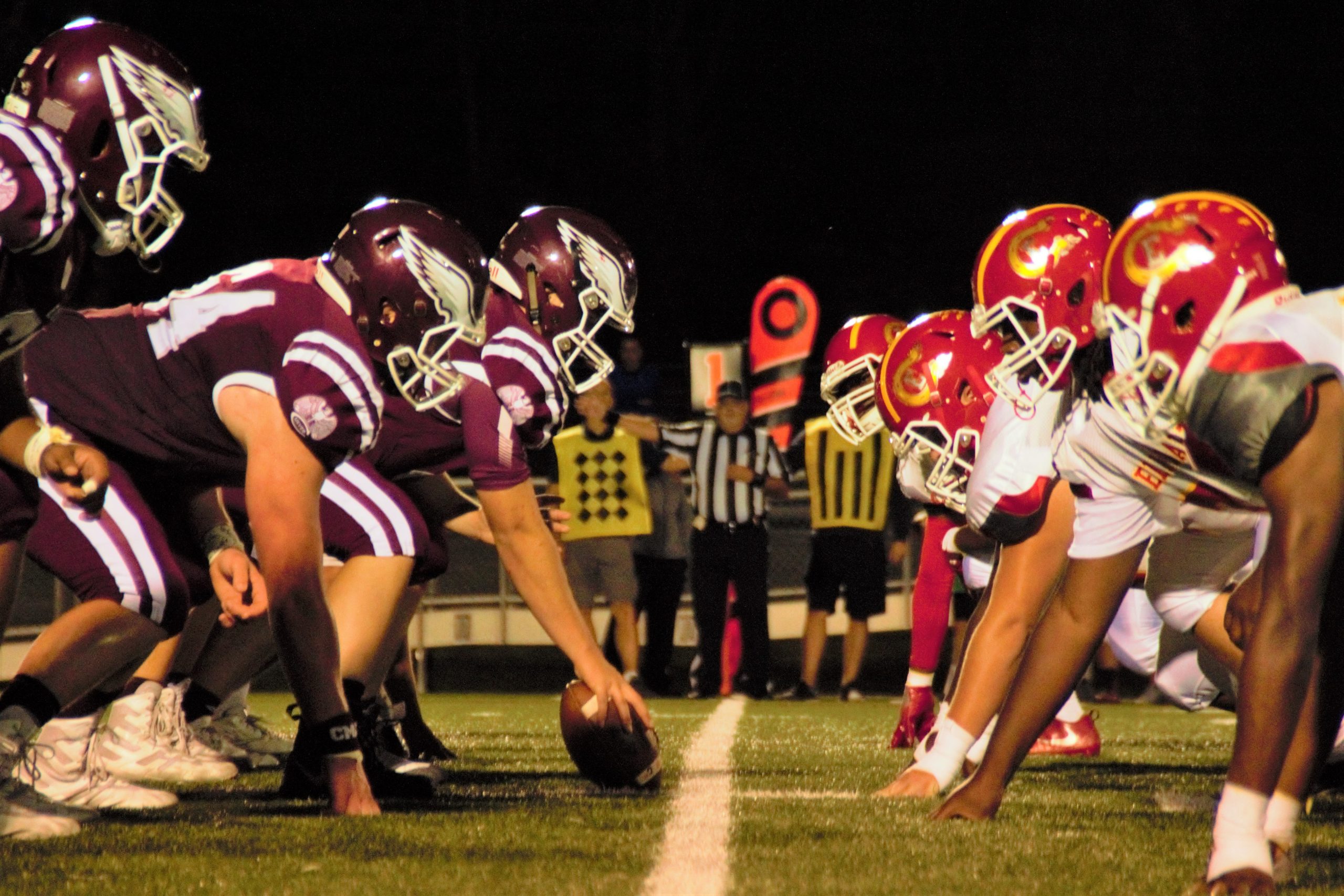5 Melbourne Cup Facts You May Not Know

The Melbourne Cup has been around for over a century. Check out this blog for the most interesting things you may not know about the big race.
5 Little-Known Facts About The Melbourne Cup
The Melbourne Cup fever comes into a full-throttle this week, with only a few days left before the race on 01 November 2022. Spectators and punters are keeping their eyes and ears glued to the pre-race battle winners and other updates leading up to the event.
This year’s order of entry for the Melbourne Cup, which as of 15 September, comprises 96 runners, has been announced. The final field of 24 horses from this pool will be announced days ahead of the competition.
Certainly, there are more things to look forward to in the Melbourne Cup than horse racing. Below are some facts you may not know about this highly anticipated annual race.
- The first Melbourne Cup was in 1861
The first Melbourne Cup was run on 07 November 1861, organized by the Victorian Turf Club to rival the popularity of the Two Thousand Guineas race, which the Victorian Jockeys Club organized.
A horse named Archer was declared the victor from the Melbourne Cup horse list of 16 during this maiden race, winning the 710 gold sovereigns and a hand-made gold watch for its owner. Archer also won the Melbourne Cup’s second race and, together with four other horses, shares the record of having at least two consecutive wins in the Cup.
- The Victorian Racing Club has managed the Melbourne Cup since 1864
In 1864, the Victorian Turf Club and the Victorian Jockeys Club merged to give birth to the Victorian Racing Club, which has managed the Melbourne Cup since that year.
As a handicap race, the Melbourne Cup runners must possess speed and stamina. This race aims to level the playing field and provides an equal advantage to all runners by assigning heavier weights to better-performing thoroughbreds. As such, it can be challenging for spectators and bettors to guess the correct winner.
Every punter’s goal is to correctly guess who among the runners will successfully overcome the handicap in the fastest time. If you want to learn how to do it, check this site: https://www.youtube.com/channel/UCSqgmNBQDpoUIZPNB6CkUHg and similar videos for valuable tips, reviews, and insights on a horse’s performance and winning chances.
- It’s Australia’s second-richest horse racing event
With hundreds of racetracks across the country, Australians are known for their love of horse racing. Of these enthusiasts, many are engaged in punting. In 2019, total gambling revenues in the country reached over AUD$ 26 billion, with the Northern Territory contributing around AUD$14.6 billion and New South Wales coming in second with AUD$6.4 billion.
The Everest vs. The Melbourne Cup
Before Everest in 2017, the Melbourne Cup was Australia’s highest-paying competition in the horse racing calendar for decades. The total prize pot for the former is pegged at AUD$15 million, while the latter promises AUD$ 8 million cumulative stakes for the winners.
Despite the lucrative pot at stake in the Everest race, the Melbourne Cup typically attracts more players. With 24 running in the final field, it’s twice as many as Everest’s final contenders.
Its impressive price pot may have placed Everest as the world’s richest turf race, but another international horse racing event pays more: the Saudi Cup. The Saudi Cup 2022 boasts USD$ 30.5 million in purse payout, with the Emblem Road winning the competition and taking home USD$ 20 million.
- A mare holds the record for most consecutive wins
In 2005, a female horse named Makybe Diva made history as the only horse to win the Melbourne Cup three times consecutively. Before the mare’s three-peat record, consecutive wins were limited to two and snagged by four other horses, namely Archer, Peter Pan, Rain Lover, and Think Big. Makybe Diva also made history as the highest-earning horse, amassing over AUD$14 million in winnings in her entire career.
Meanwhile, female jockeys were kept out of the Melbourne Cup stables until 1986. In 1987, Maree Lyndon rode Argonaut Style to become the first-ever female competitor in the race.
Speaking of females making history, in 2015, Michelle Payne was the first female jockey to win the Melbourne Cup. Before her Cup win, Michelle had been an accomplished jockey, winning other competitions and collecting more than AUD$20 million in cumulative stakes. Then 30-year-old Michelle, coming from a famous racing family, has been riding for fifteen years. She’s one of the eight jockeys among the brood.
- Bart Cummings is the Cup’s most triumphant trainer
Besides Payne’s history-blazing win in 2015, Australia’s horse racing industry was also shaken when they lost a legend named Bart Cummings. Also known as the ‘Cups King,’ Cummings rose to prominence after producing the greatest number of winning horses on the Cup. He won the annual racing event 12 times from 1965-2008, earning him the well-deserved moniker.
In 2016, a trackside museum was unveiled in the Flemington racecourse, where the Cup is held annually. Named Saintly Place, it features Cummings’ trophy collection. Just years before, in 2003, the first Bart Cummings race kicked off as one of the pre-Cup events. The event’s winner can skip the Melbourne Cup’s ballot system, automatically earning a spot in the final field.
Wrap up
Whether a horse racing enthusiast or a punter, the little-known things about the Melbourne Cup are always good conversation starters. When taking a break from analyzing a horse or studying the latest sports betting trends, discuss these interesting facts with your friends and keep the conversation going. Who knows, you might end up with an interesting betting strategy or two.











